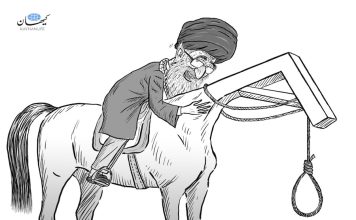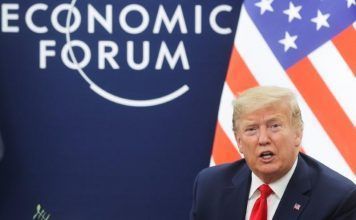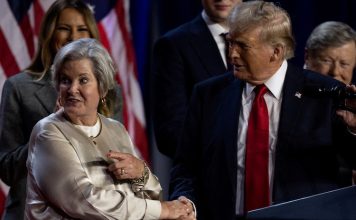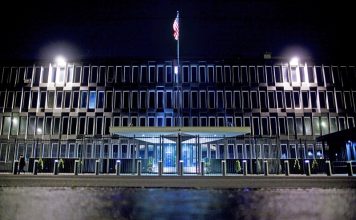In the past, the world always expected the Islamic Republic to lash out politically or to respond violently any time it experienced domestic problems or international pressures or felt threatened by genuine prospects of peace between Israel and the Palestinians or other Arab countries.
The Islamic Republic’s problems have, however, only increased since October 2019 when Iraqi and Lebanese people poured into the streets, protesting against sectarian rule and Tehran’s meddling in their country’s affairs.
In the same month, the Islamic Republic faced one of the toughest challenges to its rule in more than a decade after the government raised fuel prices, sparking a violent nationwide riot that resulted in 304 deaths.
The protests were the continuation of civil unrest in December 2018, which started in Mashhad, capital of the northeastern Khorasan Province, but soon spread to other parts of the country, prompting Iranian authorities to restrict access to the internet and social media.
Meanwhile, the Islamic Republic has failed to execute its two-pronged “strategic depth” policy — aiming to put pressure on Israel by increasing Iranian military presence and political influence in Iraq, Yemen, Syria, Lebanon, and the Gaza strip, and also develop ties with Venezuela and other leftist governments in Latin America to secure a foothold in U.S.’s backyard.
Iran’s so-called “Axis of Resistance” — a political alliance between the Islamic Republic of Iran, the government of Syrian President Bashar al-Assad, and the Lebanese Hezbollah — has instead fueled protests against the ideological and sectarian governments in these countries.
Iranians, Lebanese, and Syrians crave capable governments that can establish peace and prosperity in their countries, in line with modern democratic principles.
Experience has shown that it is impossible to establish peace and stability in Muslim countries through a power-sharing scheme along sectarian and ethnic lines (Shia, Sunni, Kurds, Druze) or by manufacturing a ruling system like the Islamic Republic regime. Such ideas and methods have instead renewed old hostilities and refueled sectarian, ethnic, and tribal conflicts in these countries — many of which believed their troubled pasts were behind them.
For instance, the Constitutional Revolution of Iran (1905-1911) and the Pahlavi Dynasty (1925-1979) transformed the nation and ushered a period of progress and prosperity in Iran.
However, the unfounded fear of communism pushed the country into the arms of the Islamic Republic and its theocratic rule in 1979 — with the blessing of Western governments. However, little over a decade later, the Soviet Union fell apart, and the Islamic Republic of Iran set out to destabilize the entire region.
Although the Islamic Republic has been one of the principal obstacles to the Israeli-Palestinian peace process, Tehran’s regional ambitions and military actions have inadvertently strengthened political ties between Israel and Arab countries.
On Aug. 13, Israel and the United Arab Emirates (UAE) announced the signing of the “Abraham Accord,” which normalizes ties between them.
Unsurprisingly, Tehran’s initial response to the announcement has been harsh and threatening.
During a televised speech on Aug. 15, Iranian President Hassan Rouhani said: “We think this was a wrong move, and condemn this action 100 percent. It betrayed the aspirations of the Palestinian people and Muslims.”
“We warn them [UAE] not to allow Israel into the region,” Mr. Rouhani added. “They have made a huge mistake and committed a treacherous act. They are walking down the wrong path.”
This article was translated and adapted from Persian by Fardine Hamidi.








